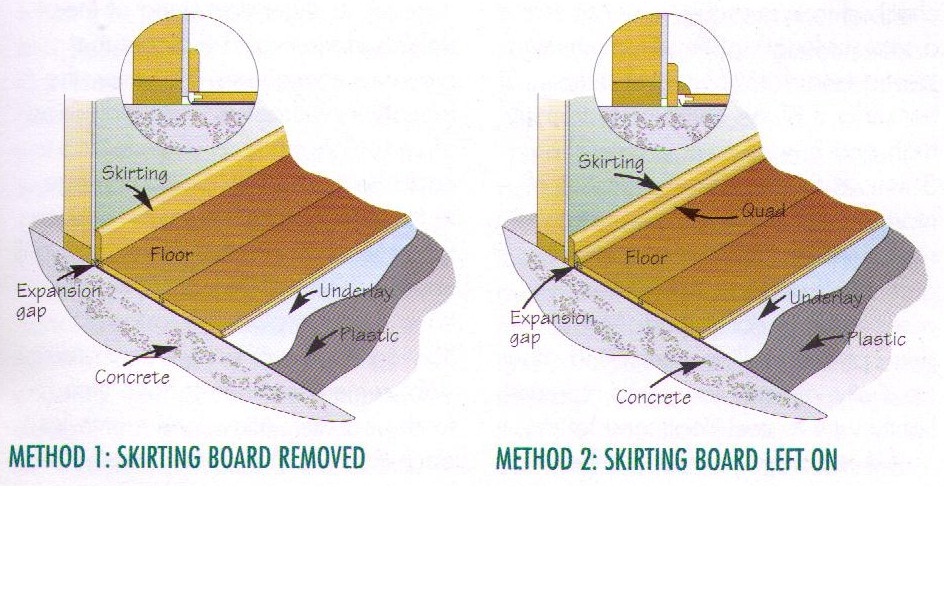Bamboo floor, timber floor and laminate floor are relatively easy to take care of compared to carpets. But they still need routine maintenance.
- Keep the floor away from water. If the area is flooded because of water pipe leaking, the floor will definitely get damaged. If you drop a glass of water, wipe off with towel as soon as possible.
- Leave grit, especially sand outside when you walk inside. The grit will gradually grinds into the floor and abrades the finish. Use a vacuum cleaning frequently to clean the floor with a soft floor brush.
- Put a door mat at every external door way.
- Put adhesive furniture pads under table and chair legs
If you can use your floor carefully and keep it clean, the floor usually lasts much longer.

